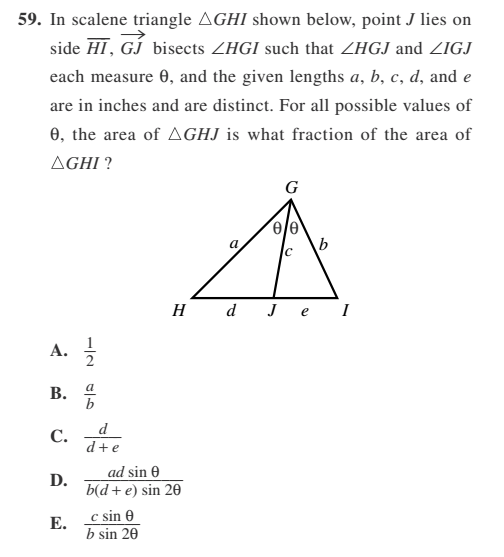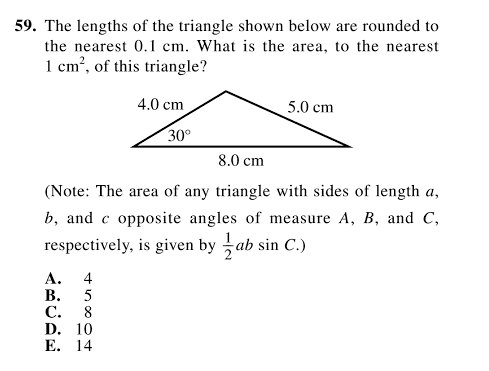Try this ACT math practice question that relies on finding the mid-point of the line segment connecting vertices of a triangle in the coordinate plane.
If $2x-3y=1$, $x+2y=4$, and $y=-2$ are equations that represent sides $\overline{AB}$, $\overline{BC}$, and $\overline{CA}$ of triangle $ABC$ in the coordinate plane, what are the coordinates of the mid-point of side $\overline{BC}$?
- $\quad (4, 0)$
- $\quad (4, -1)$
- $\quad \left(\dfrac{9}{2}, -\dfrac{1}{4}\right)$
- $\quad \left(5, -\dfrac{1}{2}\right)$
- $\quad (5, -1)$

